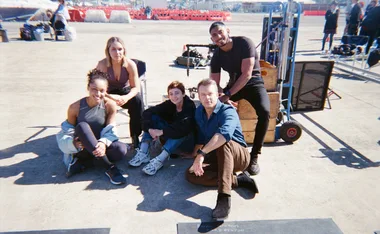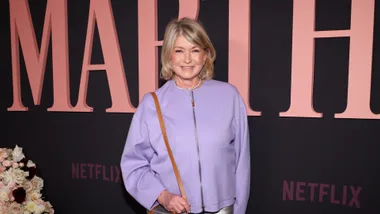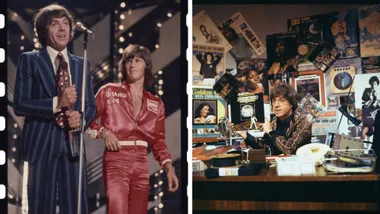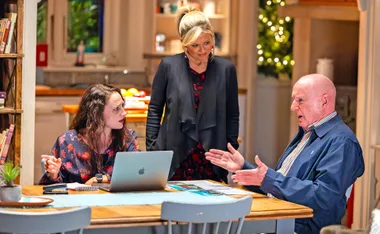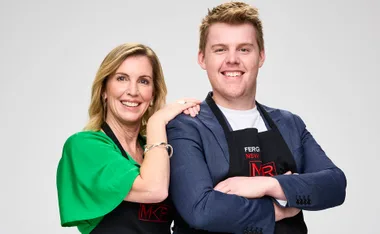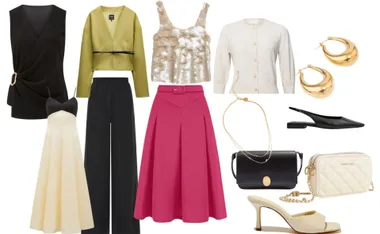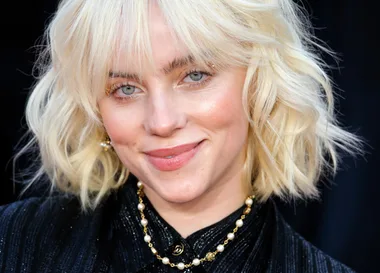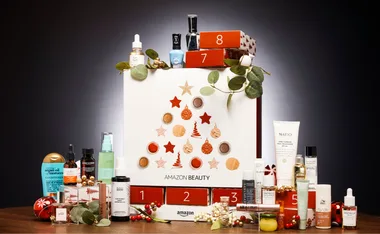Chef David Thompson explains how he was part of a movement that changed attitudes to Thai food in Australia. His latest trick is to take Thai food back to the Thais.
“Australian Thai food was simply bad years ago,” Thompson says.
“I remember dining at a restaurant called Siam in 1979 which was one of the first Thai restaurants here. With very few ingredients available back then, the food was terrible.”
In pictures: The world’s most colourful celebrity chefs
Forgetting the bad experience, Thompson went to Thailand in the 1980s and was seduced by the country.
“Bangkok is a far more global and cosmopolitan city,” he says.
“It was chaos and edgy when I first came here and coming from Australia, that made it exciting. It wasn’t the food at that stage as European food had a big presence then. Thai food was seen as a Sunday night convenience takeaway.
“But my mind and attitude changed after meeting some people who created the most beautiful food with style and elegance. It was a revelation to try food like this. I had never eaten food like it before.”
Late starter
Some would say Thompson was a late bloomer in kicking off his cooking career.
Claiming that his mother was the world’s worst cook, he started to find his way around the stove at the age of 22 feeling that it was time to cook. Before long he became obsessed with it.
After working in the restaurant business and learning the hard way, by working with chefs who barely tolerated him and cooking in a “dubious nightclub”, he left Australia for Thailand and didn’t resurface until 1998. He picked up his Australian cooking career at Darley Street Brasserie, which specialised in Western food, before converting it to Darley Street Thai.
“I came back to Australia with the intention of opening a Thai restaurant,” Thompson says. “It was the time where all the top Australian chefs were cooking, such as Matt Moran and Neil Perry.
“It was a big stage of Sydney’s culinary culture. Some would say that wasn’t true because you could go further back to [the time of] Gay Bilson, but I think that Sydney started to take notice of food at that time.”
Fine dining
Darley Street Thai transformed Thai food from takeaway food to fine dining food. Thompson and his chefs searched high and low to find new flavours to consolidate their success.
“When I was at Darley Street and really cooking, the food market erupted,” Thompson says.
“Instead of dried herbs and spices, we could get fresh kaffir lime, wild ginger and various sorts of basil. I used to get some of my supplies from the Northern Territory. It was the time where chefs were putting their feelers out and connecting with growers. The climate up north was similar to South-East Asia.”
After Darley Street, Thompson moved onto Sailors Thai in Sydney where he worked for a number of years before relocating to London in 2001 to oversee the opening of Nahm at The Halkin Hotel.
Within six months of Nahm opening, the restaurant earned itself an acclaimed Michelin star.
Thompson says that the star “got him into the top restaurants”.
“The restaurant went through stages in popularity, like every restaurant. After a middle-age slump, it has picked up again. It’s a bit like Margaret Fulton.” Thompson says.
Specialising in some of the finest Thai cuisine, it was only a matter of time before Thompson was offered a restaurant in the heart of Thailand, in Bangkok.
Thompson opened Nahm in The Metropolitan Hotel in September 2010 and says that it is still a learning curve.
With dishes such as Guinea fowl curry with shampoo ginger and holy basil, spicy stir-fried frog with chillies, tumeric, holy basil and cumin leaves or mince prawn and cucumber salad with green mango, his food is sleek and sophisticated. Attentive staff, fresh produce and orchids decorating each table make it easy to understand why he is still obsessed with Thai food after all these years.
Selling Thai food to the Thais
“It takes getting used to. The Thais are critical about it being not being spicy enough or too salty. They are very opinionated about their food as it is their livelihood,” Thompson says.
Related: My Kitchen Rules tops ratings
Apart from hearing criticism from the locals, Thompson was in hot water recently after he was vilified following an interview he gave.
The Australian chef said that Thai cooking is decaying, which caused uproar. Thompson believes the story was taken out of context.
“We did talk about Thai food being more diverse eight to 10 years ago. I also said that the eating culture was delicious but the cooking culture wasn’t. I got in trouble for that as well,” he says.
“It was a tough year for the Thais and they were tender. It hurt a nerve.”
Your say: Do you love Thai food? What do you love about it?
Video: Easy recipes to cook with your children
Newsletter conversion description. Get the latest in your inbox.




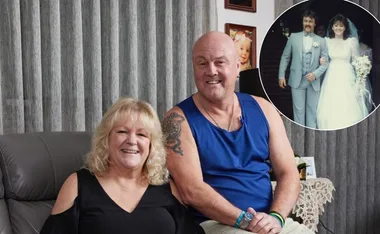


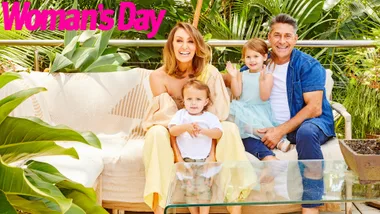


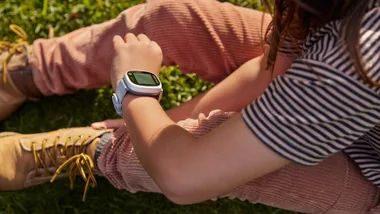




.png?resize=380%2C285)
.jpg?resize=380%2C285)




.png?resize=380%2C285)


